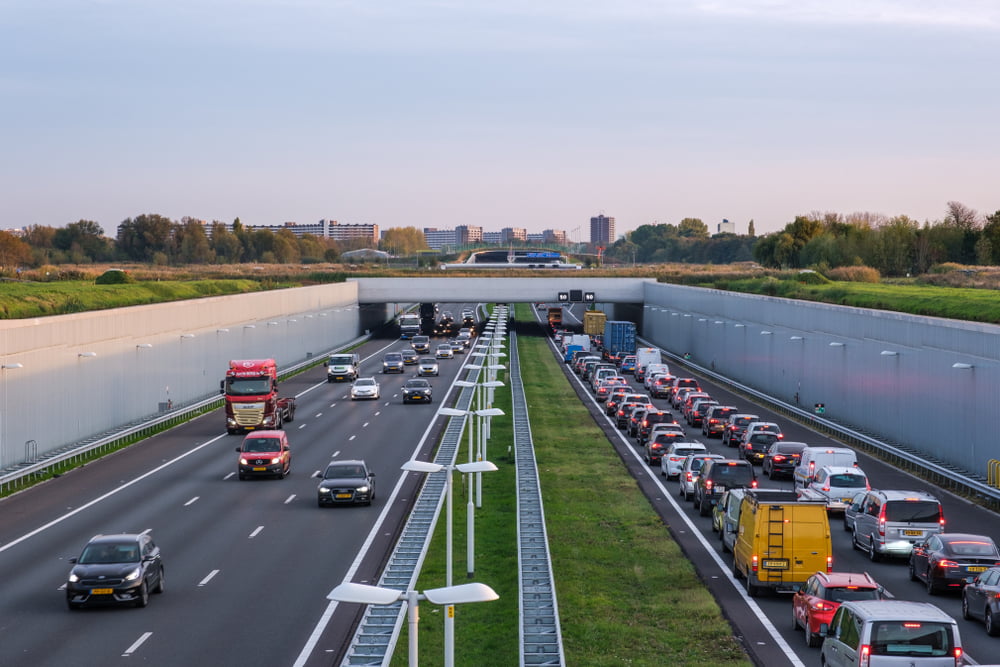The road tax (motor vehicle tax) consists of a national part and a part intended for provinces.
The national government and the provinces jointly expect to receive more than 2023 billion euros in road tax in 6,3. That is about 220 million euros more than what they budgeted for 2022. The revenues of the provinces are rising relatively faster than the revenues of the central government. This is reported by Statistics Netherlands on the basis of research into national and provincial budgets.
The road tax (motor vehicle tax) consists of a national part and a part intended for provinces. The government expects to collect a total of 2023 billion euros in 4,5, 3,5 percent more than in 2022. The rates for the national portion of motor vehicle tax will be increased on 1 January 2023, the percentage has not yet been officially published. Tax measures such as the (partial) exemption of electric vehicles have a restraining effect on the expected revenues given the increase in the number of electric cars.
Rise in motor vehicle tax revenues in the provinces
The provinces are also taking into account an increase in revenue from motor vehicle tax in 2023. Provinces expect to receive 67 million euros more than in 2022; a total of more than 1,8 billion euros. This is an increase of 3,8 percent compared to a year earlier. The increase is partly due to higher rates.
Most provinces are also taking into account an increase in the vehicle fleet. However, the electrification of the vehicle fleet will reduce the expected revenues, as is the case with the government. Motor vehicle tax is an important source of income for provinces, the proceeds of which can be spent freely.

Surcharge rate highest in Groningen and South Holland
The provinces themselves determine the surcharge percentage, the so-called surcharge rate. The motor vehicle tax surcharges are levied as a percentage of the rate of the principal sum of the motor vehicle tax as it would be imposed in 1995. The highest surcharge rate must be paid in the provinces of Groningen and South Holland; namely 95,7 percent. The lowest rate is paid in North Holland; 67,9 percent.
Six of the twelve provinces will increase the surcharge rates before 2023 and the other six provinces will keep the rate the same. The increase is highest in South Holland, where the rate rises by 3,9 percentage points.
Expected yields vary widely between provinces
The expected yields will increase most in South Holland and decrease most in Flevoland. This difference is partly due to the rate increase in South Holland. However, the expected revenues depend not only on the rate, but also on the size and composition of the fleet.
Due to the rise of electric cars, which are exempt from motor vehicle tax, the tax revenue from motor vehicle tax is subject to increasing uncertainties. As a result, the development of the expected yields may be estimated differently by different provinces, it said CBS.



